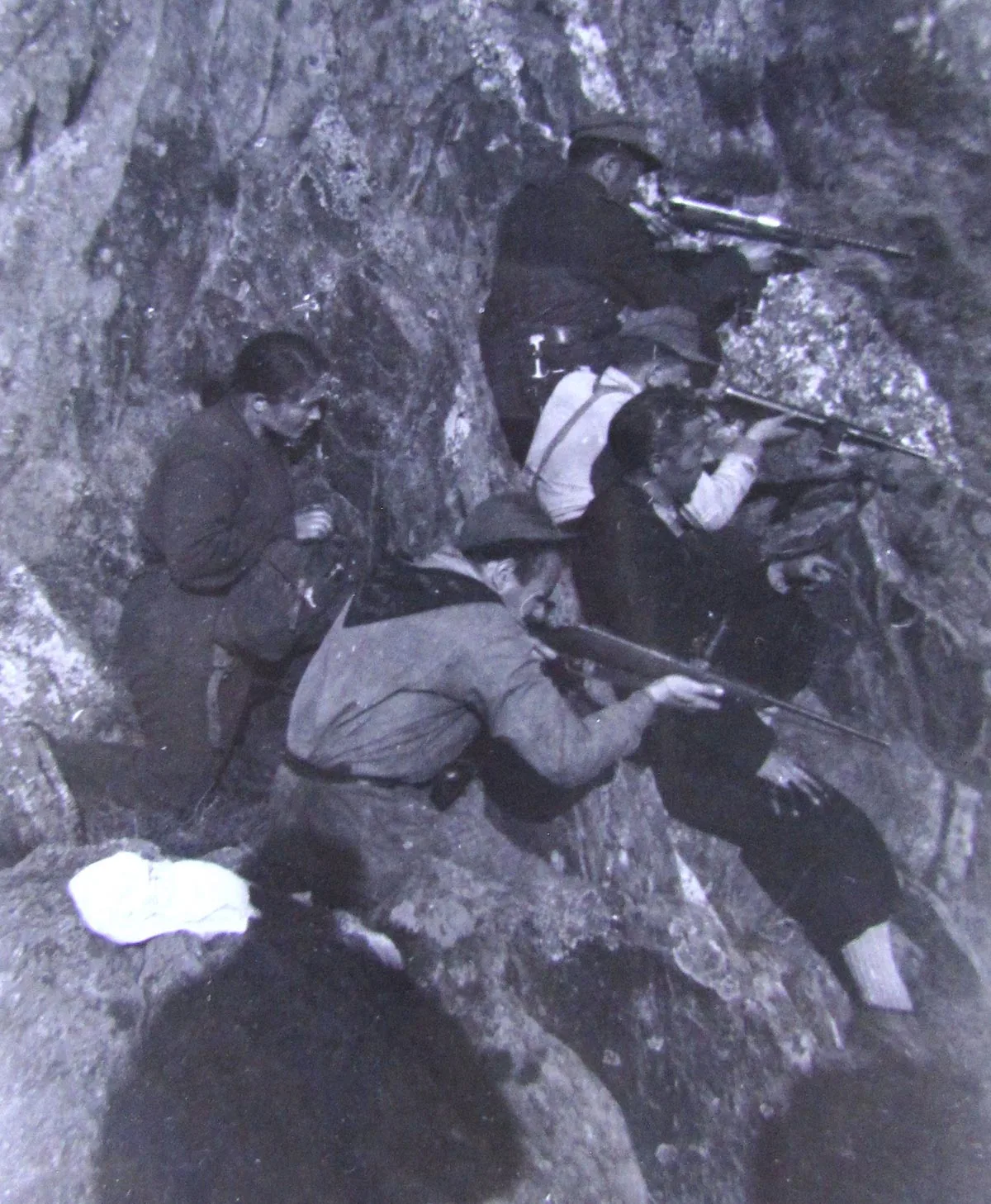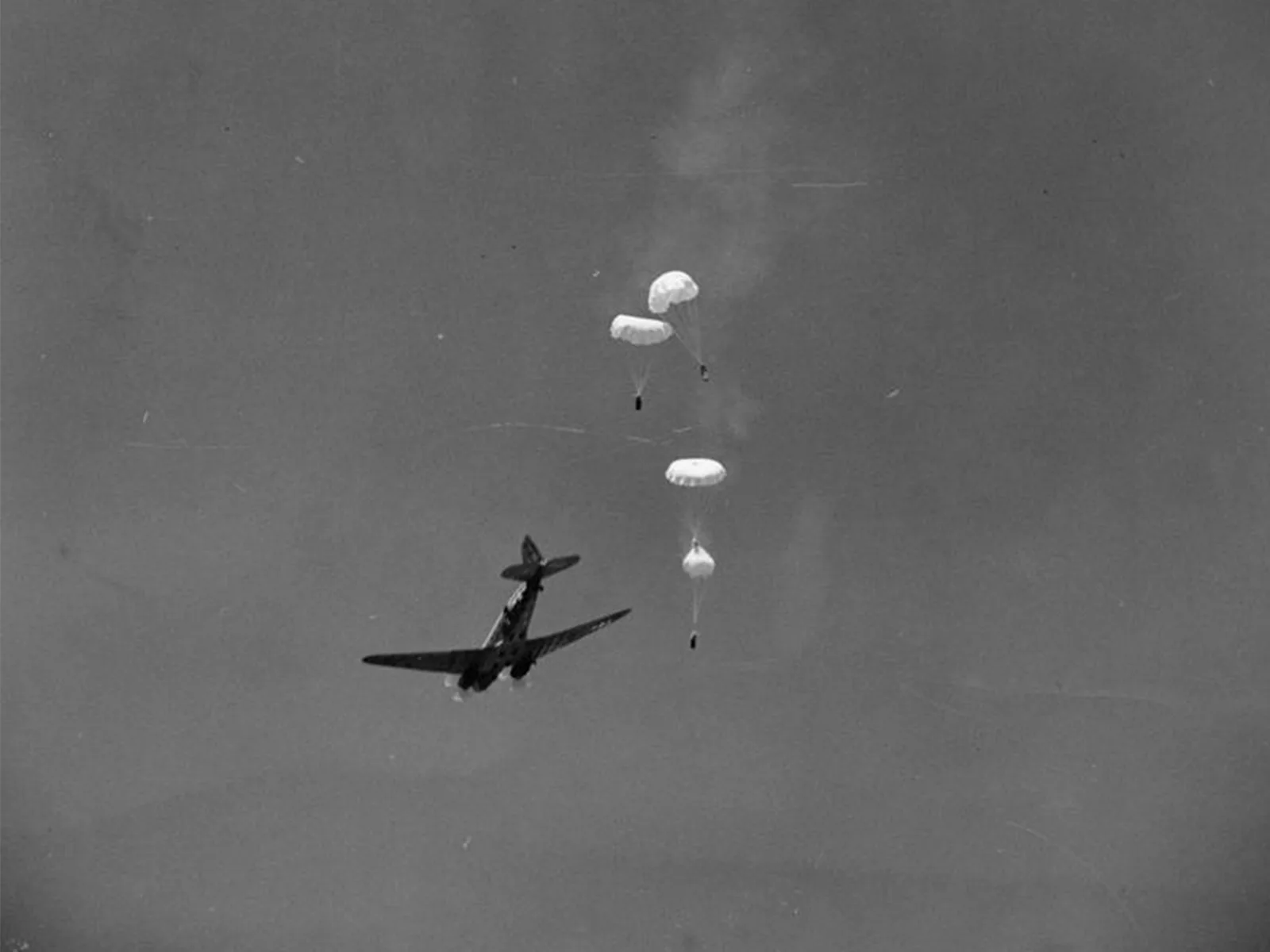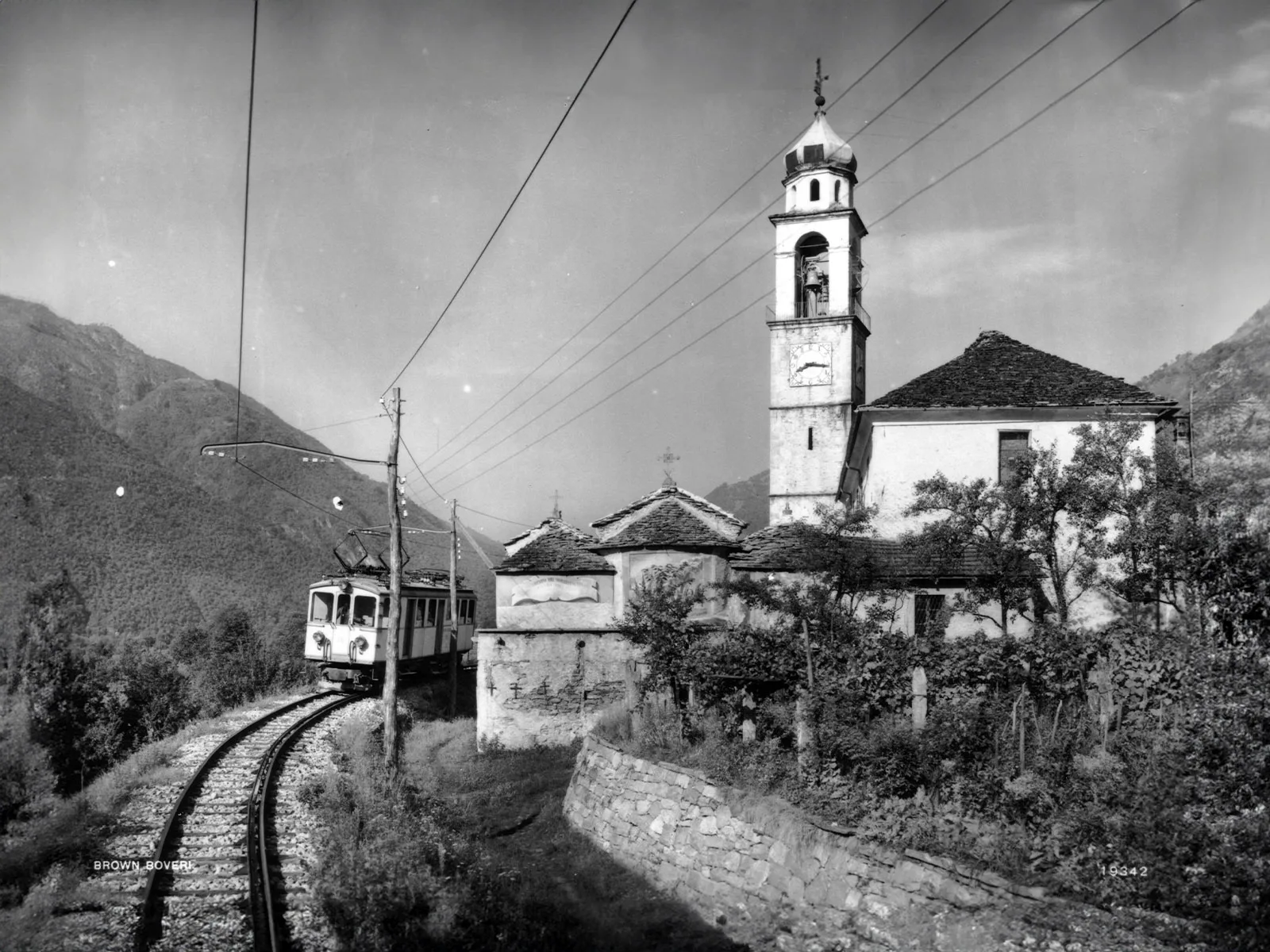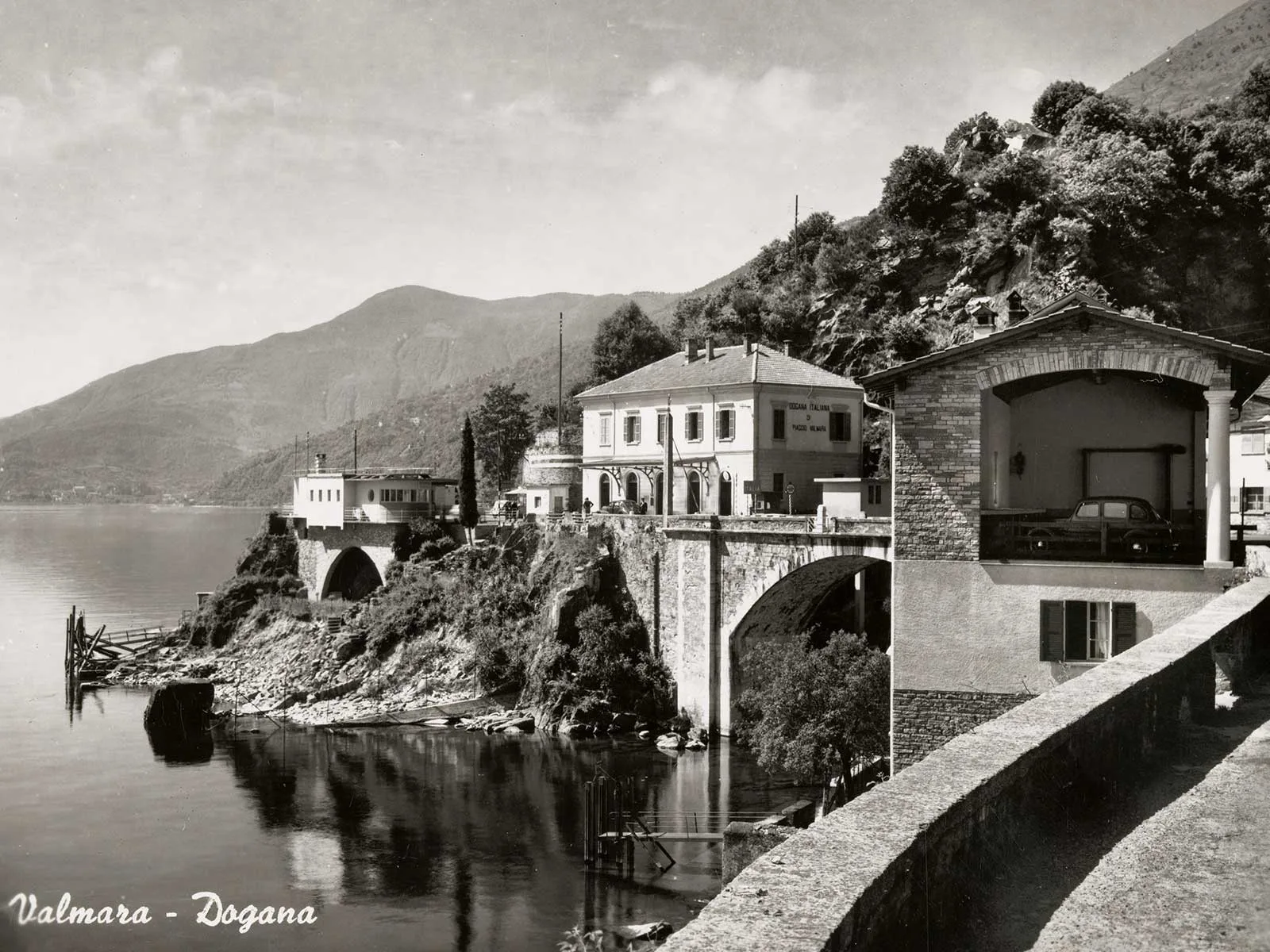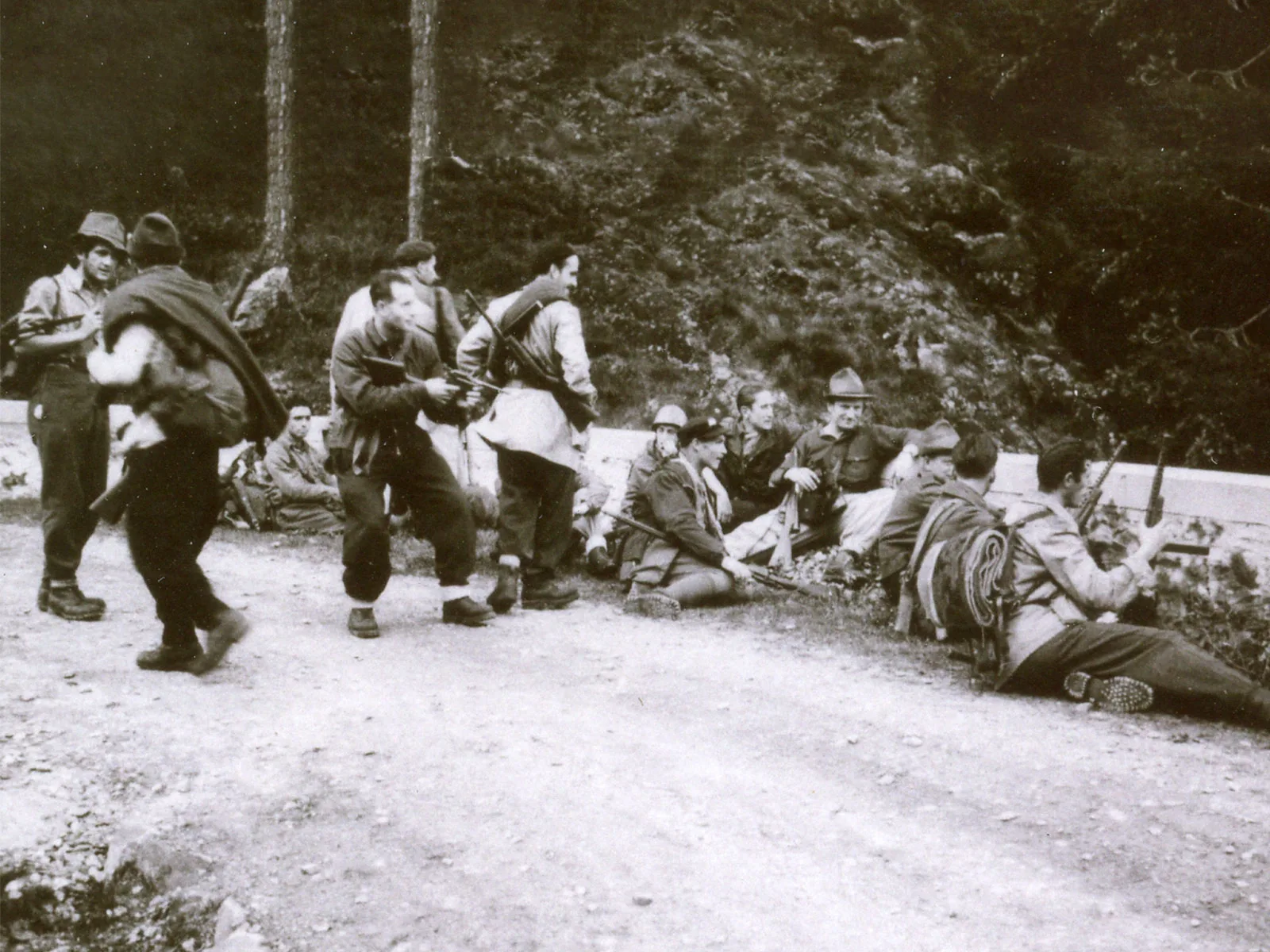
Resistance helpers from Ticino
For two years up to 1945, partisans in Italy's Domodossola area fought against the German Wehrmacht and its allies. Some Swiss also joined the struggle: as helpers and resistance fighters.
A number of men, mainly from the Locarno region, actively supported the partisans in the neighbouring Ossola area. Some even fought alongside them against the Germans and the Italian fascists. Take Silvio Baccalà from Brissago, for example: a gardener at the trade union-run Gewerkschaftshotel Brenscino by day, he guided partisans along paths on the Ghiridone mountain by night, leading them towards the Cannobina valley. Or Vincenzo Martinetti, father of the famous Ticino-born singer Nella Martinetti. He fought in the partisan group known as Divisione Piave, quickly becoming one of the troop's most important members. Martinetti organised the transport of material, weapons and people across the border.
Resistance in the Ossola region took on many different forms. It is worth taking a closer look to gain a better understanding of the movement.
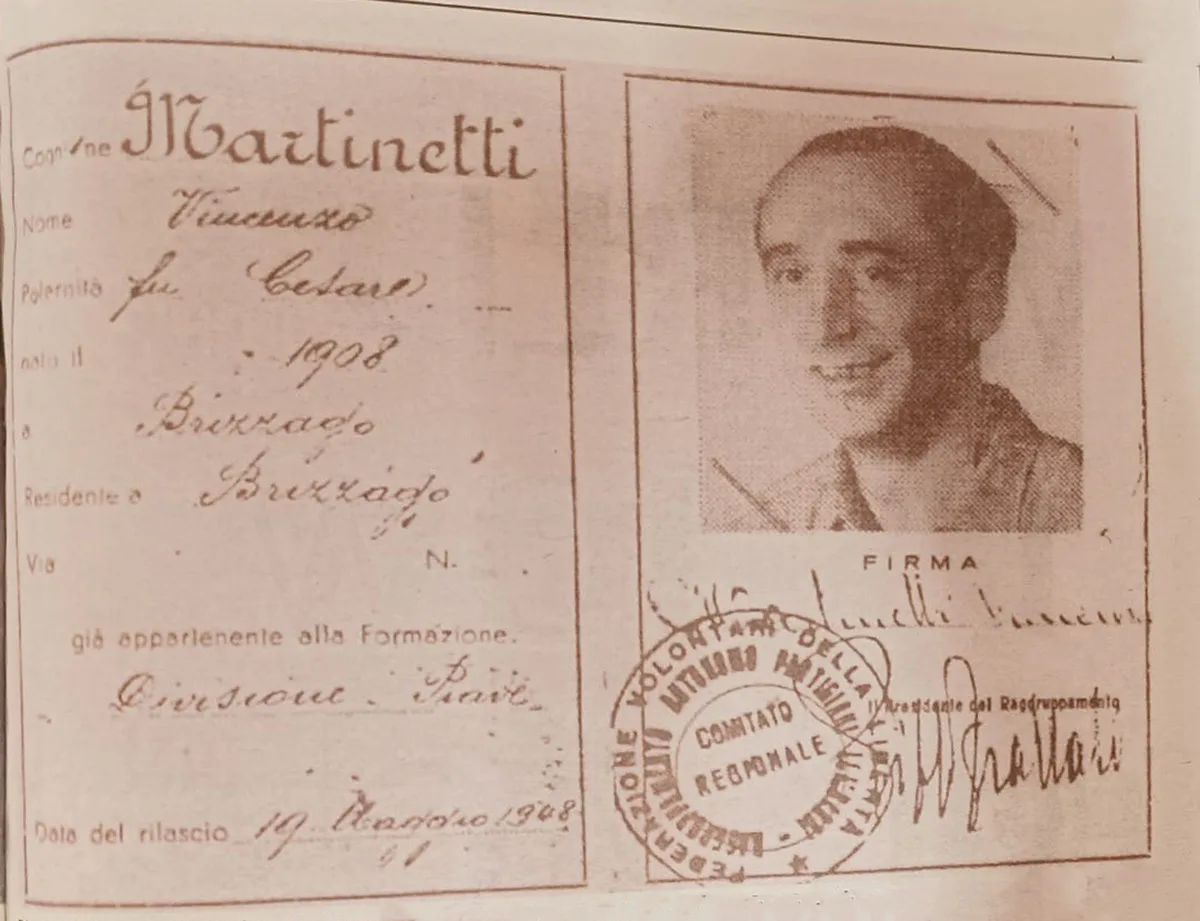
Lots of small groups
The exact number of partisan forces in the Ossola area is difficult to measure. It was common practice for the various resistance groups to inflate their numbers and give themselves self-aggrandising names (bande, brigate, divisioni). A few dozen partisans, for example, were enough to form a brigade while a mere several hundred combatants constituted a division. Those were the semantics of the time. These deliberate exaggerations were intended to confuse and deter the opponent. In addition, the partisans were gambling on the Allies getting sizeable backup supplies to them. They were in desperate need of these as their equipment was sorely lacking.
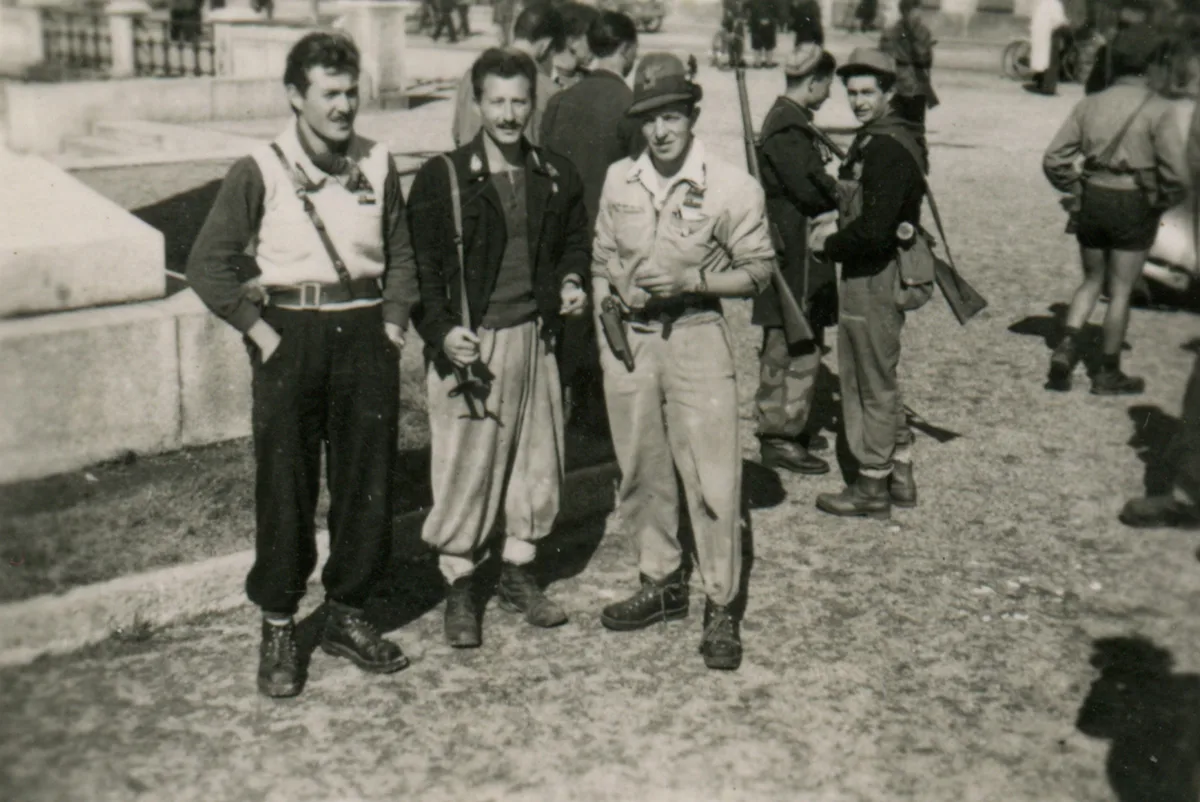
Lack of equipment
Smugglers' trails, previously used to illicitly move foodstuffs and tobacco across the border, were now used for gun-running. The weapons came from the Allies, and not always from entirely trustworthy sources. Usually, the Swiss brought the supplies across the border but the partisans would sometimes cross into Switzerland to 'collect' the weapons. For the Divisione Piave in particular, whose logistics were organised by Vincenzo Martinetti, the Swiss border was extremely porous.
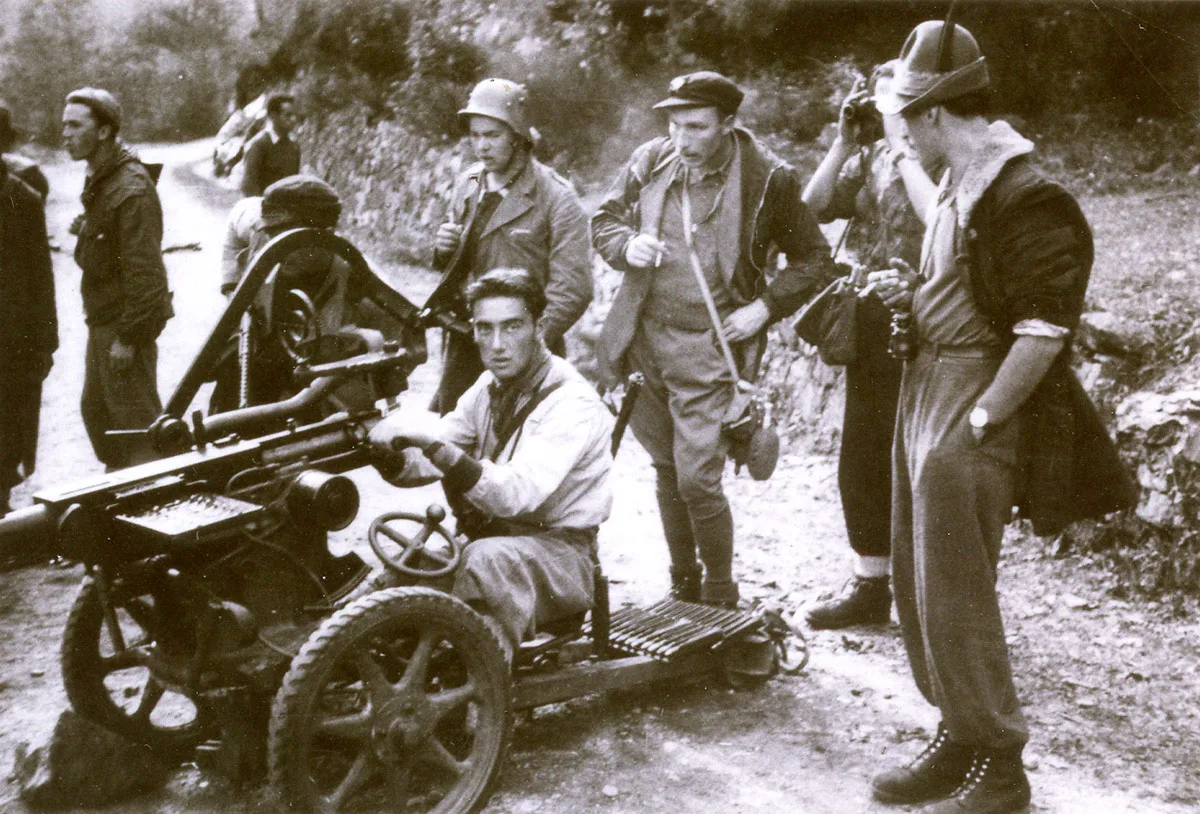
Communists versus anti-communists
Five partisan groups were active in the Ossola region between 1943 and 1945, covering a spectrum ranging from supporters of the monarchy through to those fighting to establish communism. In the simplest of terms, the resistance fighters can be broken down into two main camps: the communist Garibaldi units and the remaining, more or less anti-communist, partisan formations.
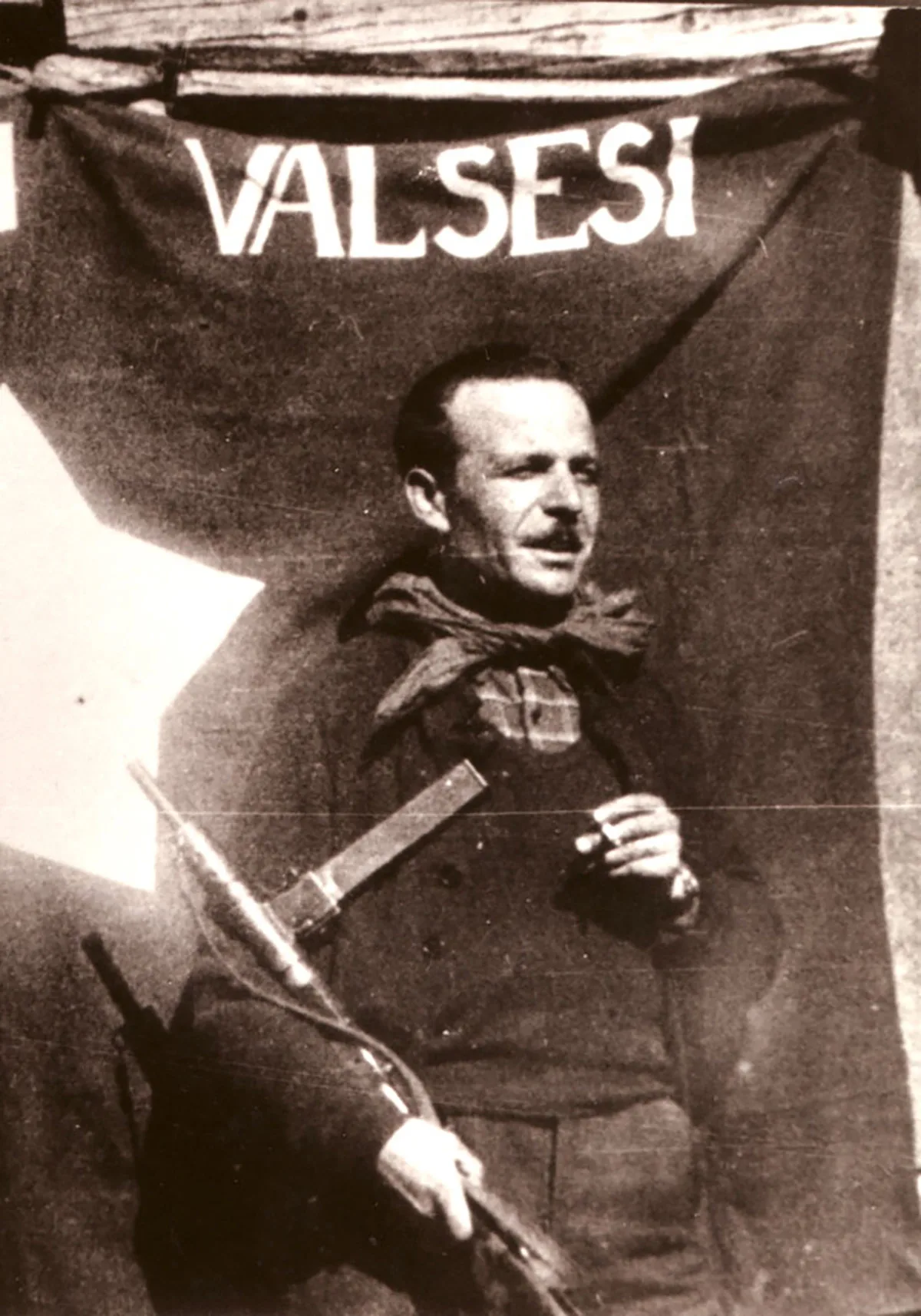
Other women were also actively involved in the resistance. Like Gisella Floreanini, a partisan and member of the government of the Republic of Ossola, making her the first woman in Italy to hold a cabinet post. Or Maria Peron, a nurse who tended to wounded resistance fighters, even operating on them when necessary. And a woman in Locarno also did her bit to help the partisans in the Ossola area: Gaby Antognini. A native of Ticino, she hid partisans who had escaped from Swiss internment camps and helped them cross the border into Italy, where they could resume the fight against the German and fascist occupying forces.
